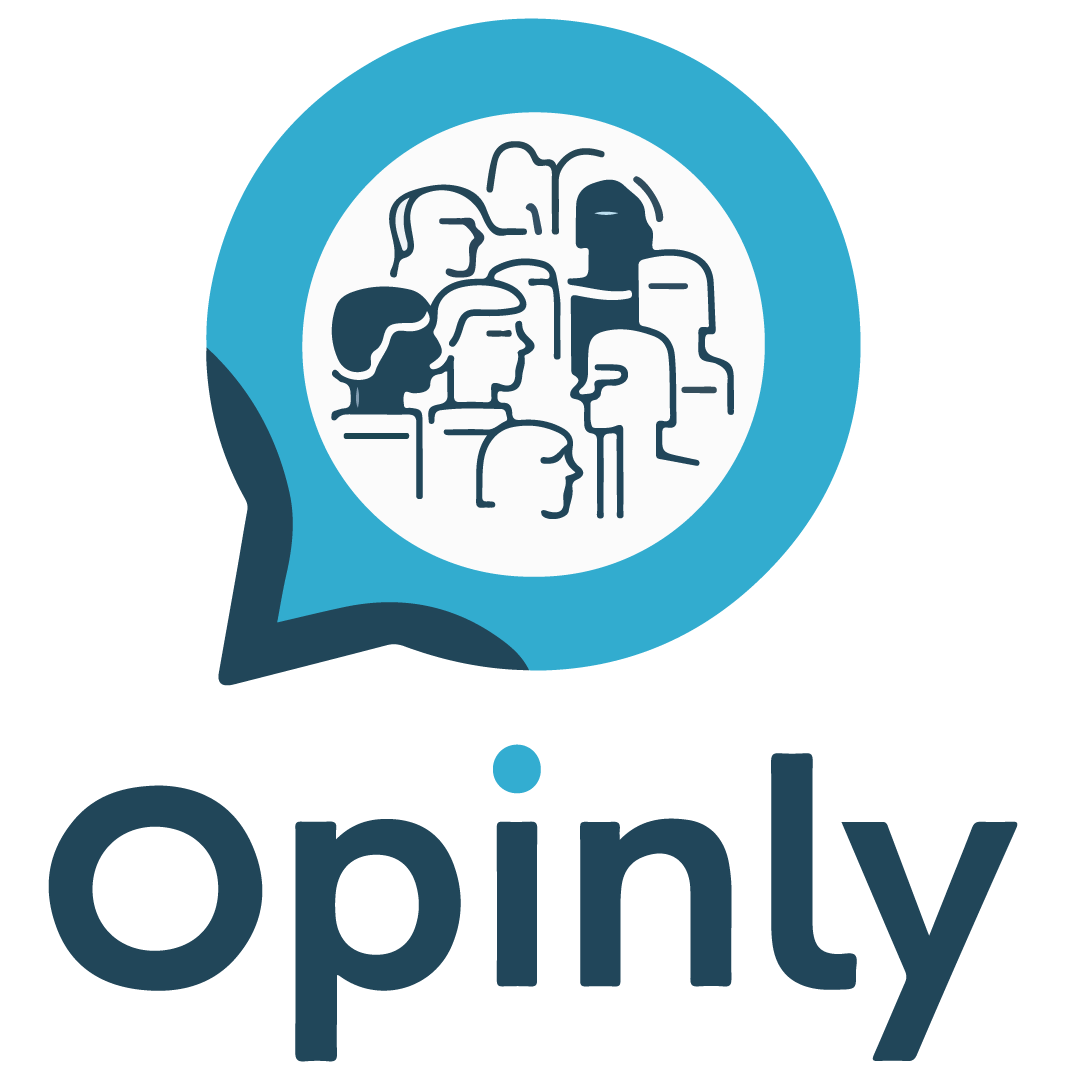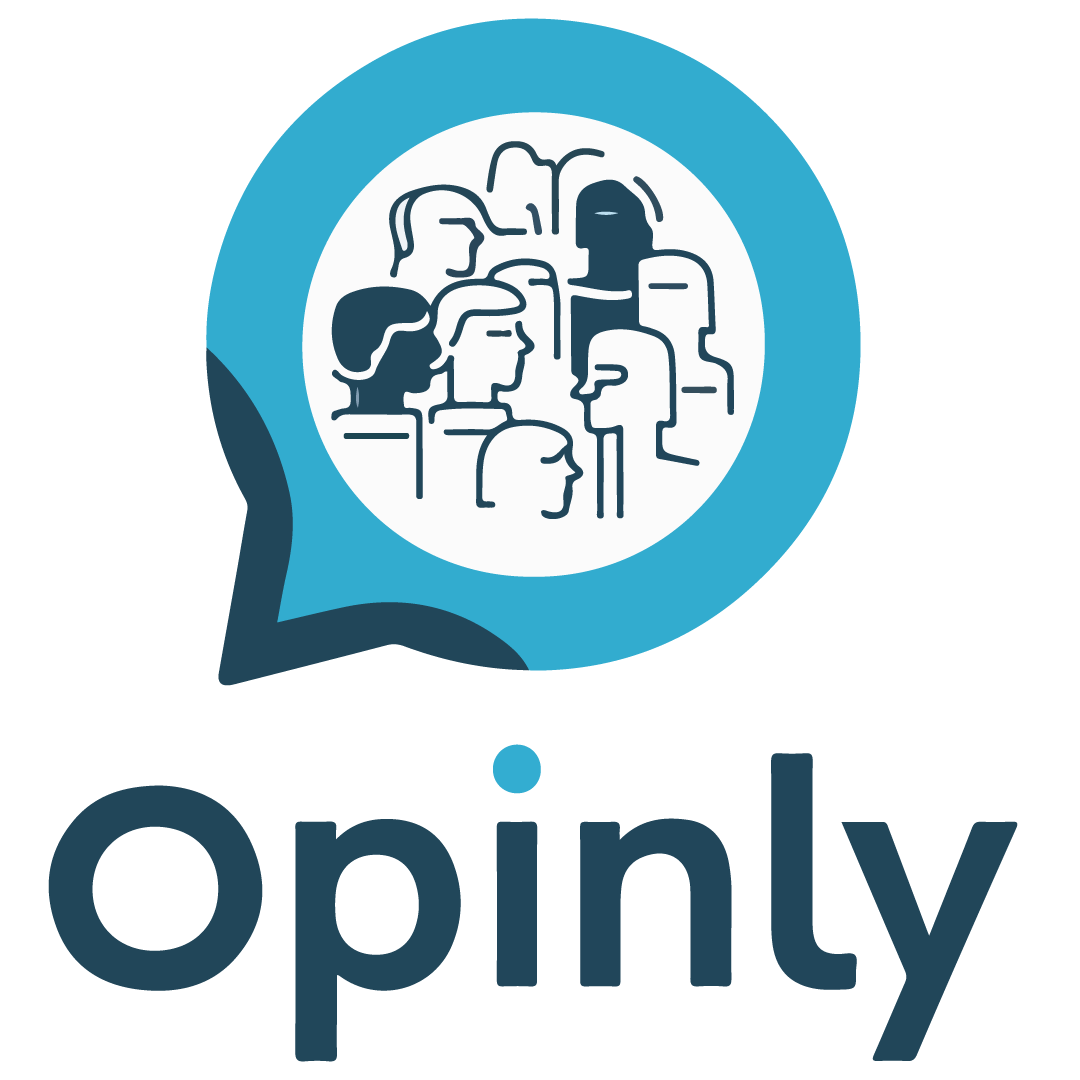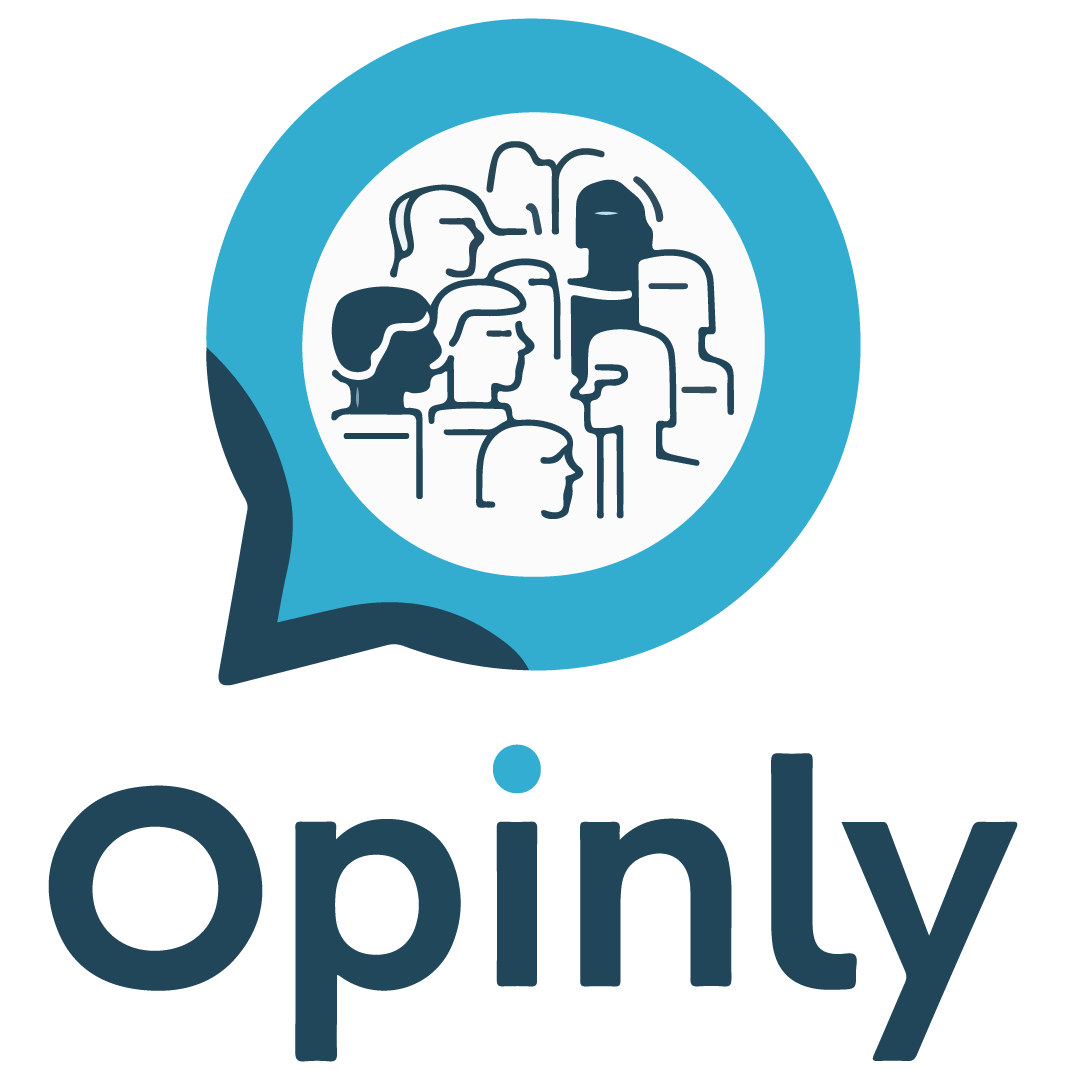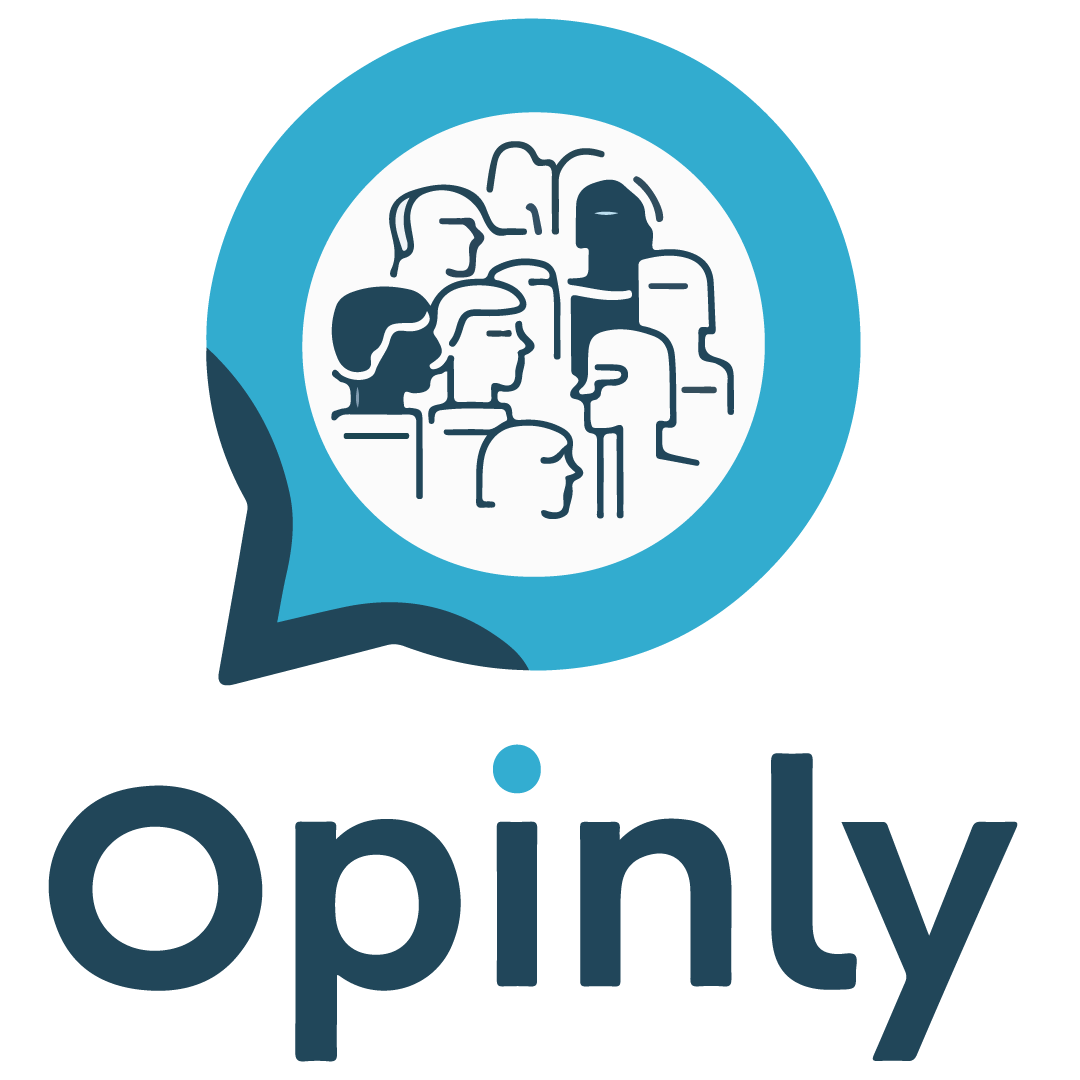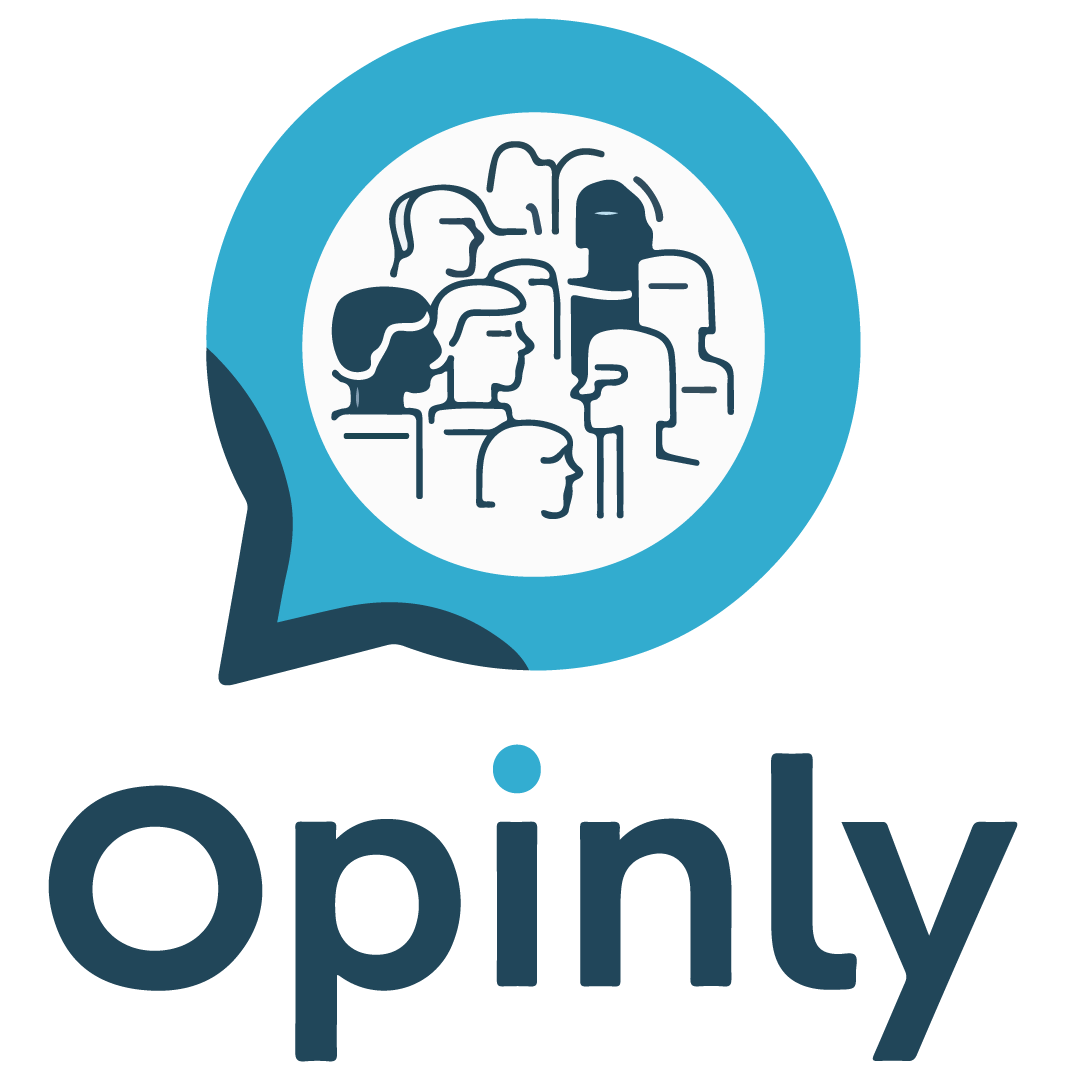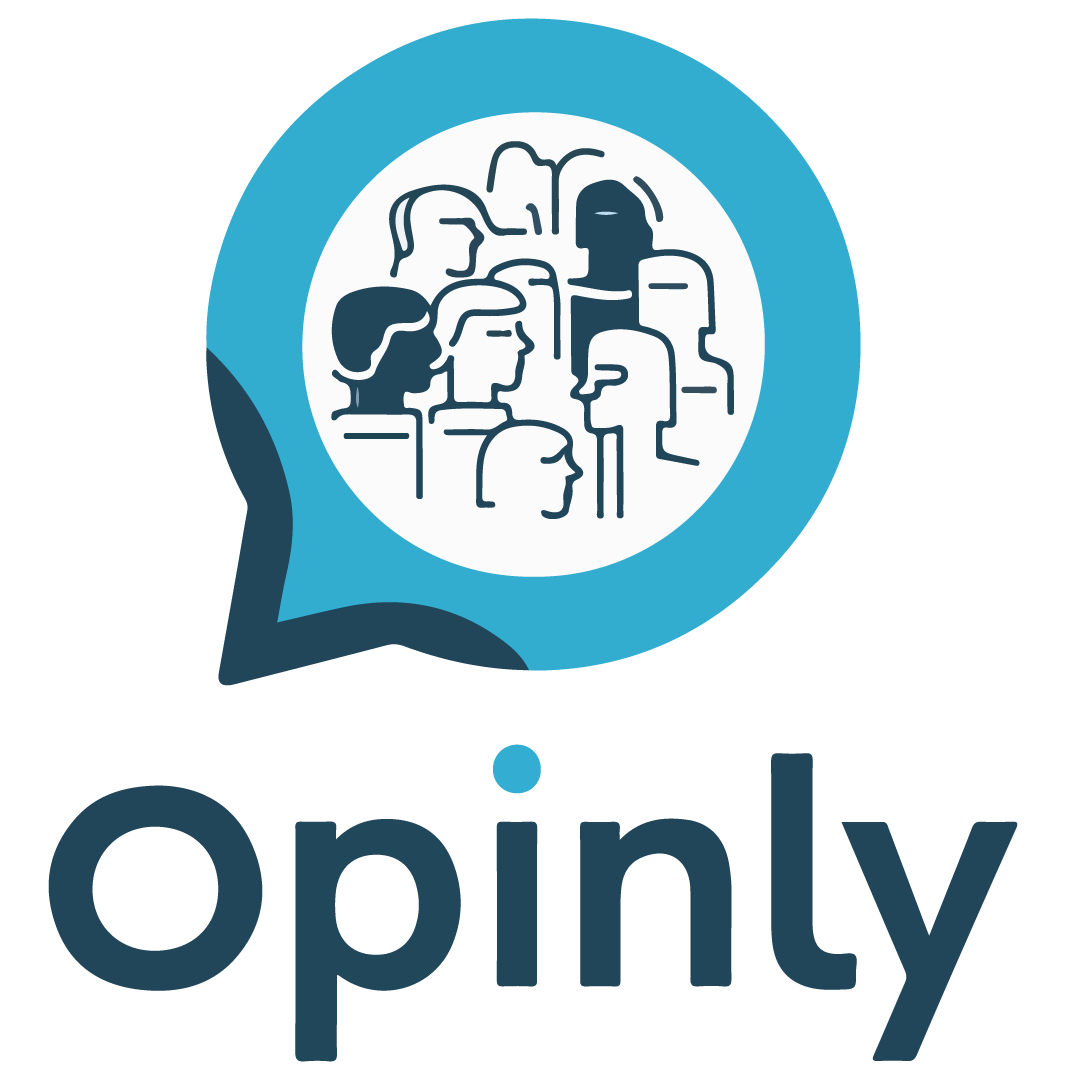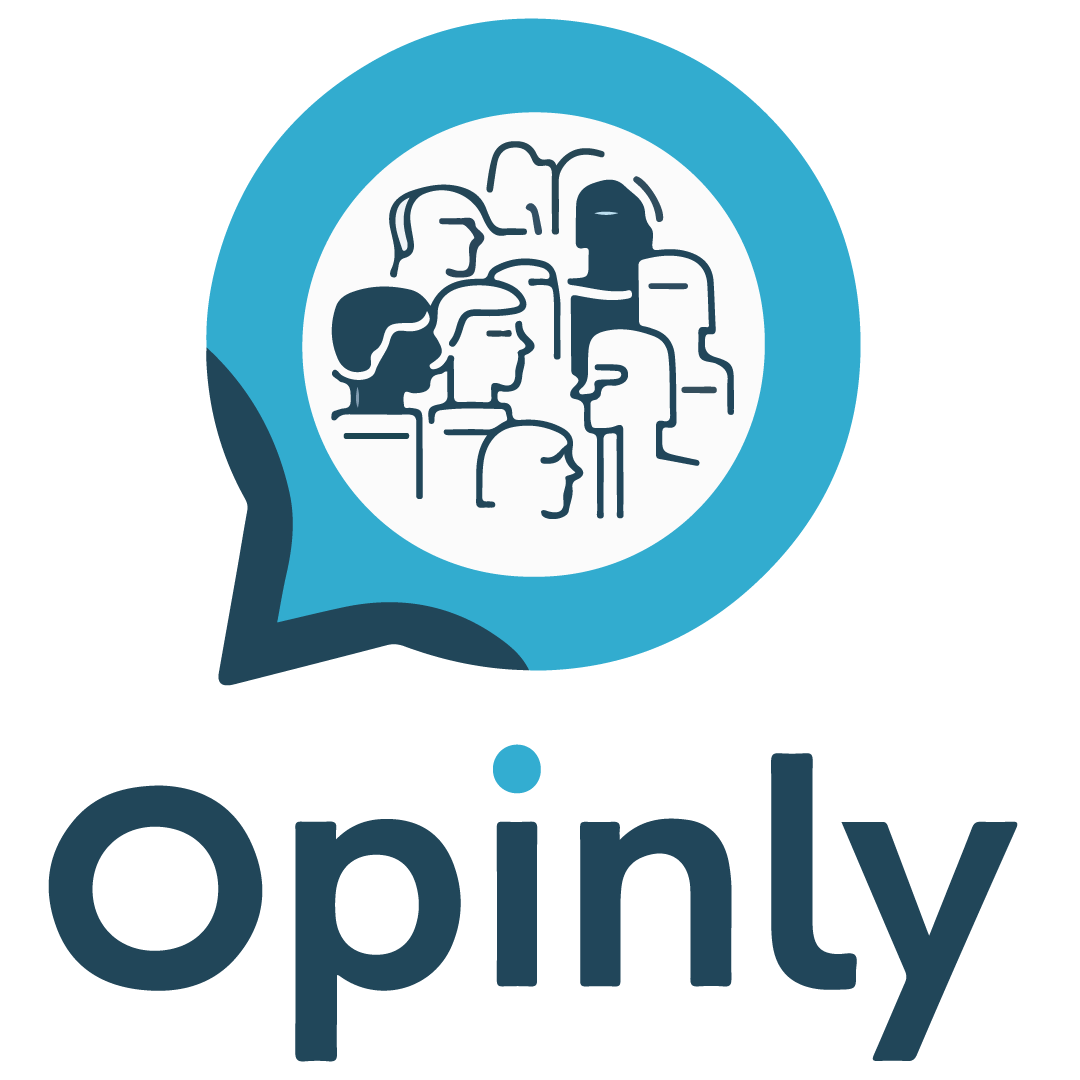
A Complete Product Development Strategy for a Successful Market Launch
Creating a product that fulfills customer needs and stands out from competitors requires a well-defined product development strategy. This guide walks you through the essential steps of product development, from brainstorming ideas to successfully launching a product in the market.
Understanding the Product Development Strategy and Core Stages
What is Product Development?
Product development is the systematic process of creating new products or improving existing ones to better fit market demands. This journey involves ideation, concept development, prototyping, testing, and formulating a marketing strategy. For companies, an organized approach to product development is essential for growth and competitiveness. Following each stage helps reduce risks, meet customer expectations, and ensure market success.
Step-by-Step Guide for a Strong Product Development Plan
A structured approach forms the foundation of a successful product launch. Here’s an overview of the main stages:
-
Idea Generation and Brainstorming
Every successful product begins with a great idea. This stage involves brainstorming, analyzing market trends, and understanding customer needs. Through market research, companies can identify gaps in the market and opportunities for unique solutions. -
Concept Development
After generating an idea, the next step is to develop a product concept that aligns with the company’s goals. Testing the concept with sample groups validates its potential with customer feedback and refines the product vision. -
Feasibility Analysis
Feasibility analysis assesses the technical and financial viability of the product concept. This stage is crucial for minimizing risk, as it allows companies to determine production costs, identify necessary resources, and anticipate challenges.
From Prototype to Market – Refining and Testing the Product
Building and Testing the Prototype
Creating a prototype is a critical step in product development. It’s the first tangible form of the product, allowing companies to test and refine it based on user feedback. Testing prototypes with a small group provides valuable insights for refining functionality, design, and usability.
Customer Feedback and Product Improvement
Customer feedback is crucial to any effective development process. By gathering feedback through surveys, focus groups, and platforms like Opinly, companies can continuously improve the product. These insights inform decisions about adjustments and refinements, helping companies to develop a product that aligns closely with market needs.
The Development Cycle in Product Creation
The development cycle involves multiple stages of refinement, aligning with an agile approach. This allows for flexibility, enabling companies to respond quickly to feedback and make necessary adjustments. Prioritizing agile methods helps companies stay in tune with market trends and customer preferences.
Adapting to New Technology and Trends
To keep a product relevant, it’s essential to stay updated with new technology and market trends. Leveraging advancements can improve functionality, enhance user experience, and give the product a competitive edge.
Market Strategy and Product Development Strategy for a Successful Launch
Developing a Product Launch and Marketing Strategy
A successful product development plan incorporates a detailed marketing strategy for launch. Identifying the right channels and crafting targeted messaging ensure the product reaches the target audience. Understanding audience demographics and interests allows companies to design campaigns that resonate and drive initial momentum.
Aligning Product and Business Strategy
A comprehensive development approach ensures the product aligns with the overall business strategy. This alignment strengthens the product’s positioning and supports the brand’s credibility. When a product fits well with a company’s mission and values, it’s more likely to gain market traction.
Conducting Market Research for Target Audience Insights
Conducting in-depth market research is essential for designing a product that addresses the specific needs and preferences of the target audience. This targeted approach increases the chances of a successful launch and helps establish a strong market presence.
Setting Up for Product Success in the Market
Creating a strong market position is essential for product success. Identifying the unique value proposition helps the product stand out from competitors. By highlighting its unique features, companies can enhance brand awareness, increase market share, and foster long-term growth.
How Opinly Supports Product Development
Gathering reliable customer insights is essential for a successful product development process. Opinly is a valuable tool for businesses looking to engage with their target audience and gather detailed feedback at every stage of the product development process.
Opinly supports idea generation by providing a platform for customer surveys and feedback, helping businesses understand customer expectations and market gaps. In the concept development and prototyping stages, Opinly facilitates product testing with real users, enabling companies to refine their product based on direct customer insights. This not only saves time and resources but also ensures that the product is closely aligned with market needs and expectations.
Additionally, Opinly’s data-driven approach aids in market research, providing valuable information about customer demographics, preferences, and behavior patterns. These insights are critical for shaping a successful product development plan. By integrating Opinly’s feedback tools, companies can make informed decisions, adapt to customer needs more effectively, and increase the likelihood of a successful product launch.
Opinly’s continuous feedback capabilities also support post-launch monitoring, allowing businesses to make ongoing improvements and remain competitive. Ultimately, Opinly empowers companies to build products that not only meet customer expectations but also foster loyalty and brand trust.
Conclusion
Successfully launching and sustaining a product in the market requires a structured approach to product development. By following this process—from ideation to post-launch—companies can create products that meet customer needs and achieve lasting success. Gathering feedback, adapting to trends, and staying aligned with business goals are all essential parts of a winning approach. Platforms like Opinly.net provide invaluable resources for collecting customer insights, helping businesses create offerings that truly resonate with their market and build lasting customer relationships.
